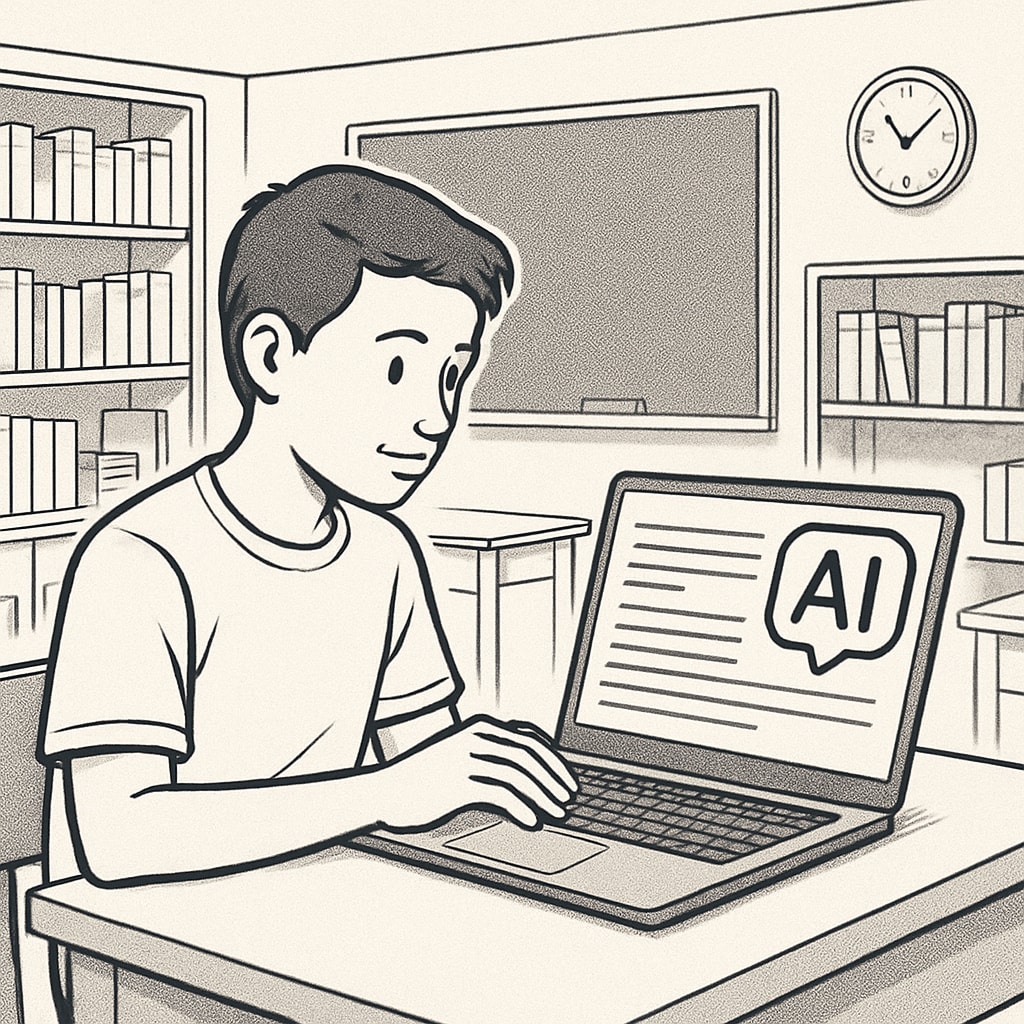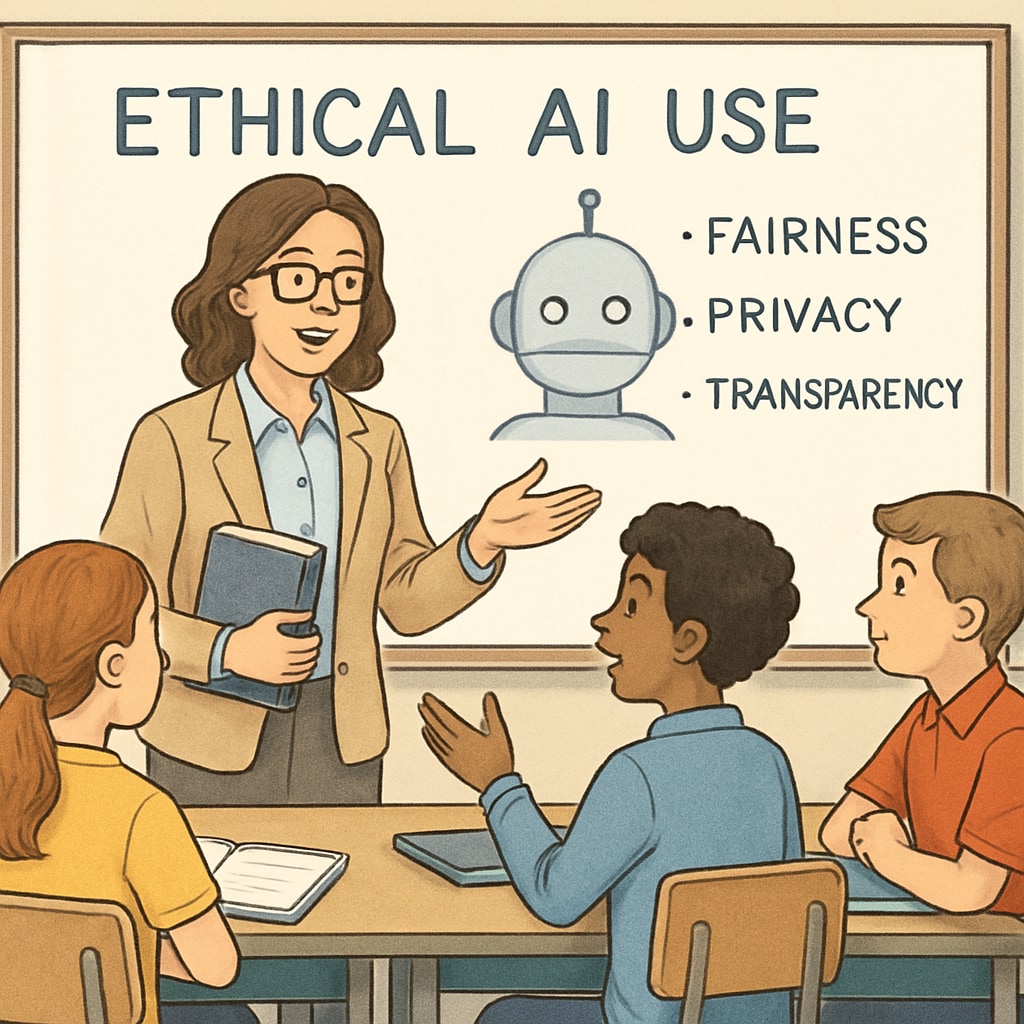The widespread adoption of AI tools among students has introduced significant challenges for educators aiming to uphold academic integrity. As “intelligent ghostwriting” becomes more common, teachers and institutions are forced to rethink traditional assessment strategies. Balancing the use of detection tools and the associated education costs while fostering ethical habits among students requires a thoughtful and proactive approach.
Understanding the Impact of AI Tools on Academic Integrity
AI tools such as ChatGPT, Grammarly, and similar platforms offer students powerful capabilities for drafting essays, solving problems, and even generating code. While these technologies are undoubtedly beneficial for learning, they also open the door to misuse. For instance, students may use AI to complete assignments with minimal personal effort, undermining the learning process and compromising academic honesty.
According to a study published by the Britannica, AI adoption in education is rapidly increasing, with many students relying on these tools for academic tasks. This trend highlights the urgent need for educators to adapt their methods to ensure that students still acquire essential skills and knowledge.

Strategies to Detect and Mitigate AI Misuse
To address the issue of AI misuse, educators can implement several strategies. These include:
- Integrating AI Detection Tools: Software like Turnitin and Originality.ai has been developed to identify AI-generated content. While these tools are not foolproof, they can provide valuable insights into the authenticity of students’ work.
- Redesigning Assessments: Moving away from traditional essays and assignments to more interactive and personalized evaluations, such as oral presentations or in-class writing tasks, can reduce reliance on AI tools.
- Promoting Ethical Education: Encouraging students to understand the value of genuine learning and academic honesty can be more effective in the long term than punitive measures.
However, implementing these solutions comes with its own challenges, particularly in terms of education costs. High-quality detection tools or redesigning curricula may require additional funding or resources, which not all institutions can afford.

Balancing Costs While Upholding Educational Values
For schools and institutions operating on limited budgets, the cost of technology can be a significant barrier. Here are some practical suggestions:
- Open-Source Tools: Instead of investing in expensive software, educators can explore open-source alternatives or free versions of AI detection tools.
- Collaborative Training: Partnering with other schools or districts to share resources and training sessions can reduce individual costs.
- Leveraging Grants: Seeking grants or funding from educational organizations dedicated to technological advancement can provide financial support for necessary tools.
Ultimately, the goal should be to strike a balance between integrating technology and preserving the core values of education. Educators should focus not just on monitoring student behavior but also on fostering a culture of integrity and curiosity.
Looking Ahead: The Role of Educators in the AI Era
As AI tools continue to evolve, the role of educators will shift from being knowledge providers to facilitators of learning. This transition will require an emphasis on critical thinking, creativity, and ethical decision-making. By teaching students to use AI responsibly, educators can turn these tools into allies rather than adversaries.
In conclusion, while the rise of AI tools presents undeniable challenges to academic integrity, it also offers opportunities for innovation in education. By adopting cost-effective strategies, leveraging detection tools, and emphasizing ethical education, teachers can navigate this new landscape effectively.
Readability guidance: Short paragraphs and lists are used to enhance readability. Key points are summarized under clear headings, and overuse of technical jargon is avoided. Transition words ensure smooth flow between sections.


